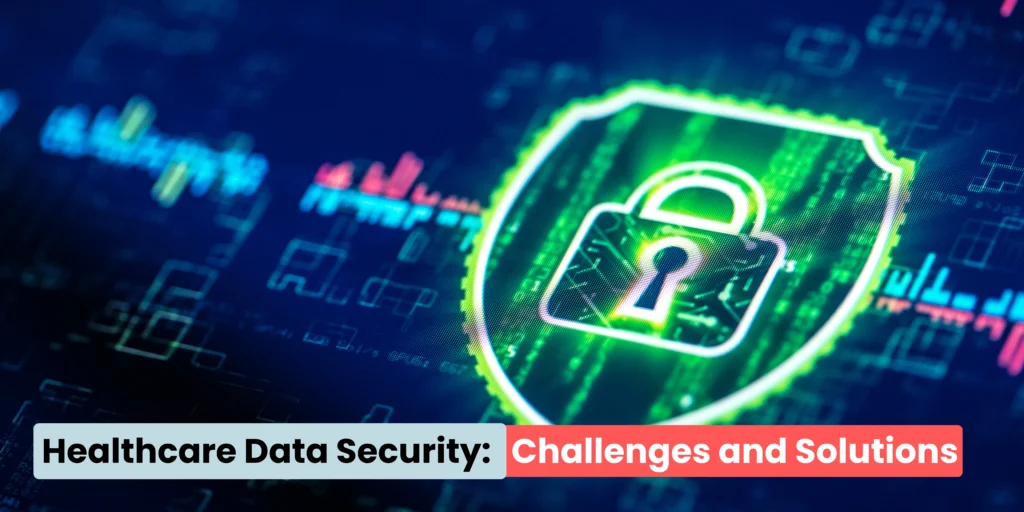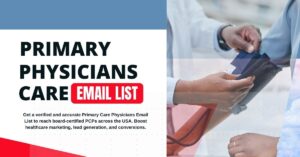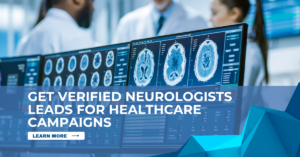In today’s digital age, healthcare organizations are handling vast amounts of sensitive consumer data. From electronic health records (EHRs) to insurance details, this information is invaluable—not only for user care but also for cybercriminals seeking to exploit vulnerabilities. As cyber threats evolve, businesses dealing with healthcare databases must proactively address security challenges. In this blog, we will explore key data security challenges in the healthcare industry and outline actionable solutions to safeguard sensitive information.
Why Healthcare Data Security Matters?
The healthcare industry is a prime target for cyberattacks due to the wealth of personal and financial data it processes daily. A single breach can lead to:
- Identity theft and fraud
- Compromised consumer trust
- Regulatory penalties
- Financial losses and legal repercussions
Protecting healthcare data is not just about compliance—it is about safeguarding lives, reputations, and the future of healthcare innovation.
Challenges in Healthcare Data Security
-
Rise in Cyber Threats and Ransomware Attacks
Healthcare databases have become prime targets for cybercriminals, particularly ransomware attackers who encrypt critical data and demand payment for its release. In 2023 alone, over 25% of global ransomware incidents affected the healthcare sector, underscoring the urgency of stronger cybersecurity measures. These attacks not only disrupt healthcare operations but also compromise patient trust and data integrity. To mitigate these risks, organizations should implement multi-layered security frameworks such as zero-trust architecture, which limits access to critical data based on verification protocols. Regular data backups, both offline and in the cloud, can prevent permanent data loss, ensuring that healthcare institutions can restore their systems without paying ransoms. Additionally, employee training on phishing attacks and social engineering tactics is essential, as human error remains one of the most common entry points for cyber threats.
-
Compliance with Stringent Regulations
The healthcare industry operates under strict data protection laws, including HIPAA in the U.S. and GDPR in Europe, which mandate stringent security measures to protect patient information. With evolving regulatory frameworks, healthcare organizations must conduct regular compliance audits and risk assessments to identify and address potential security gaps. Data encryption, both at rest and in transit, is a crucial step in preventing unauthorized access, ensuring that patient records remain confidential even if intercepted. Furthermore, organizations must ensure that third-party vendors handling sensitive healthcare data adhere to regulatory security standards, as external partnerships can introduce vulnerabilities if not properly managed.
-
Insider Threats and Human Error
While external cyberattacks pose a significant risk, insider threats—whether intentional or accidental—are another major concern in healthcare data security. Employees with access to patient data may unintentionally compromise security by clicking on phishing links, using weak passwords, or mishandling sensitive information. In some cases, malicious insiders may exploit their access for financial gain or personal motives. To prevent such incidents, healthcare institutions should implement role-based access control (RBAC), allowing employees to access only the data necessary for their roles. Regular cybersecurity training programs can help employees recognize potential threats, while behavioral analytics tools can detect unusual access patterns and alert security teams to potential breaches before they escalate.
-
Integration of IoT and Connected Devices
The rapid adoption of IoT devices in healthcare, including wearable monitors, smart medical equipment, and remote patient monitoring systems, has improved patient care but also introduced new security vulnerabilities. Many IoT devices lack robust security measures, making them attractive targets for hackers seeking to exploit weaknesses in connected healthcare systems. Securing these devices requires regular firmware updates, strong authentication mechanisms, and network segmentation to isolate IoT devices from core hospital databases. Additionally, intrusion detection systems (IDS) can help monitor IoT network activity, identifying and mitigating potential security threats before they compromise patient data.
-
Data Interoperability and Third-Party Risks
Healthcare data is frequently exchanged across multiple platforms, including electronic health records (EHR) systems, insurance providers, and third-party vendors. While interoperability enhances efficiency and patient care, inconsistent security standards across these platforms can create vulnerabilities that cybercriminals can exploit. To ensure secure data sharing, healthcare organizations must implement secure API connections that facilitate protected data exchange without compromising security. Vetting third-party vendors to ensure they meet industry security standards is also critical, as external partnerships can introduce weak links in the security chain. Additionally, leveraging blockchain technology can enhance data integrity, providing a tamper-proof system for storing and verifying patient records.
-
Strengthening Healthcare Data Security
As cyber threats continue to evolve, healthcare organizations must adopt a proactive approach to securing patient data. Strengthening cybersecurity frameworks, staying compliant with industry regulations, and addressing both internal and external risks are essential for protecting sensitive healthcare information. By investing in advanced security technologies, conducting regular employee training, and ensuring secure interoperability, healthcare businesses can build a resilient security infrastructure that safeguards both their data and their reputation.
Best Practices for Strengthening Healthcare Data Security
- Adopt AI-Powered Threat Detection: Machine learning algorithms can proactively detect anomalies and prevent cyber threats.
- Encrypt Everything: From emails to patient records, encryption should be a default security measure.
- Regular Penetration Testing: Simulated cyberattacks can expose vulnerabilities before real hackers do.
- Implement Multi-Factor Authentication (MFA): A simple but effective way to prevent unauthorized access.
- Develop a Cybersecurity Incident Response Plan: Ensure a structured approach for handling security breaches effectively.
Final Thoughts: The Future of Healthcare Data Security
As the healthcare industry becomes more digitized, the responsibility to protect sensitive user data grows exponentially. Businesses that invest in cutting-edge security measures, employee training, and regulatory compliance will not only mitigate risks but also build trust with patients and partners. Implementing AI-powered threat detection can help identify potential cyber threats in real-time, preventing data breaches before they occur. Additionally, adopting a proactive incident response plan ensures that organizations can quickly contain and recover from security incidents. As technology continues to evolve, staying ahead of cyber threats requires continuous innovation, collaboration, and a commitment to cybersecurity best practices.
Is your healthcare database secure enough? At Medstream Data, we specialize in compliant, secure, and reliable healthcare data solutions. Contact us today to learn how we can help you fortify your data security while ensuring seamless access to high-quality healthcare insights.







